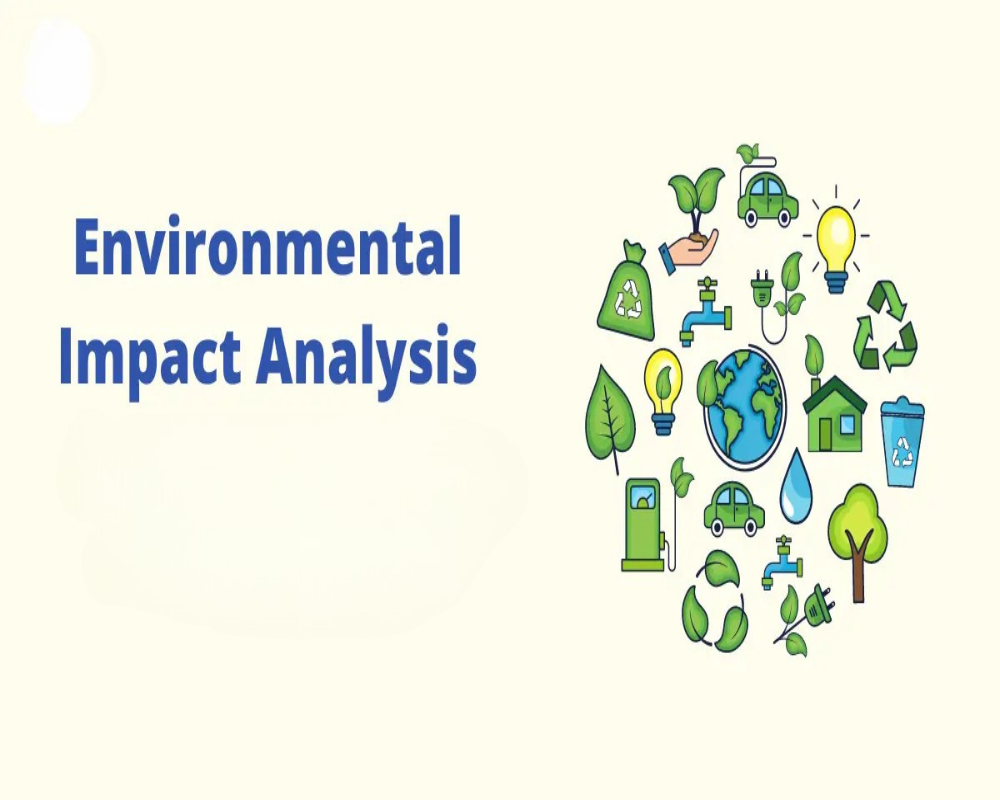Introduction
The Environmental Impact Analysis (EIA) process is a systematic and legally mandated approach to evaluating the potential environmental consequences of proposed development projects before they are carried out. It plays a crucial role in responsible land use planning and is a cornerstone of environmental governance around the world. Whether applied to commercial, industrial, infrastructure, or energy projects, the EIA process helps ensure that environmental considerations are integrated into decision-making at an early stage. The ultimate goal is to identify, predict, mitigate, and monitor environmental effects, thereby protecting ecosystems, public health, and sustainable development objectives.
Purpose and Legal Foundation of Environmental Impact Analysis
Environmental Impact Analysis serves multiple purposes. It assesses how a proposed project might affect the physical, biological, and socio-economic environment. It identifies measures to avoid or minimize adverse impacts and enhances positive outcomes wherever possible. It also promotes transparency and accountability by involving stakeholders, including the public, government agencies, and affected communities.
The requirement for EIAs is typically rooted in national environmental legislation. For example, the United States enforces EIA through the National Environmental Policy Act (NEPA), while other countries have similar frameworks under different laws or regulations. International financial institutions, such as the World Bank or IFC, also mandate EIAs as a condition for funding development projects.
Stages of the Environmental Impact Analysis Process
The EIA process is methodical and follows a series of key stages, each of which is designed to inform, refine, and improve the development proposal from an environmental perspective.
1. Screening
The first step is determining whether a project requires a full EIA. Not all projects trigger the same level of analysis. Screening criteria typically include project size, location (e.g., proximity to sensitive habitats or water bodies), and the nature of the potential impacts. Projects deemed to have negligible environmental consequences may be exempt, while those with significant implications require a detailed EIA.
2. Scoping
Once screening confirms the need for an EIA, the next step is scoping. This phase defines the boundaries of the study—what environmental aspects will be analyzed, which geographic area will be covered, what baseline data will be collected, and which stakeholders will be consulted. Scoping also helps identify the most critical environmental issues early in the process, focusing resources on evaluating what matters most, such as air quality, water resources, biodiversity, noise, traffic, or cultural heritage.
3. Baseline Study and Data Collection
This stage involves collecting detailed information on the existing environmental conditions of the project area. Data includes soil quality, vegetation, wildlife, hydrology, climate, land use, socio-economic conditions, and current pollution levels. Establishing a clear baseline is crucial because it provides the benchmark against which future changes and impacts will be measured.
4. Impact Assessment and Mitigation Planning
The core of the EIA process is the identification and prediction of environmental impacts—both positive and negative—during construction, operation, and post-operation phases of the project. These include direct impacts (e.g., deforestation, emissions), indirect impacts (e.g., induced traffic, population displacement), and cumulative impacts when combined with other developments in the area.
For each identified impact, mitigation measures are proposed. These may include design changes, technology upgrades, buffer zones, emission controls, waste treatment systems, and habitat restoration efforts. The effectiveness and feasibility of each mitigation option are also analyzed to ensure that the project remains viable and environmentally responsible.
5. Preparation of the Environmental Impact Statement (EIS)
All findings are compiled into a formal document known as the Environmental Impact Statement (or Environmental Impact Report). This comprehensive report includes:
- A project description
- Baseline environmental conditions
- Analysis of potential impacts
- Mitigation strategies
- Alternatives to the proposed action
- Summary of stakeholder and public input
The EIS serves as the principal document used by regulatory authorities and the public to understand the environmental implications of the project and to decide whether it should be approved, modified, or rejected.
6. Public Participation and Review
Public involvement is a cornerstone of the EIA process. After the EIS is published, stakeholders—including local residents, NGOs, scientists, and government agencies—are invited to review and comment on the findings. Public hearings and consultations provide transparency and help ensure that all concerns are considered. The feedback received may lead to revisions in the project design or additional mitigation commitments.
7. Decision-Making and Environmental Clearance
Based on the EIS and the results of public consultation, the relevant environmental authority makes a final decision on whether the project is approved, conditionally approved, or denied. Approval often comes with mandatory compliance conditions, such as implementing the proposed mitigation measures, periodic environmental monitoring, and submission of compliance reports.
8. Monitoring and Compliance
Post-approval monitoring ensures that mitigation measures are implemented as planned and that actual impacts align with predictions. Environmental audits, site inspections, and reporting mechanisms help enforce compliance. If unforeseen environmental issues arise during implementation, adaptive management strategies may be required to address them promptly.
Conclusion
The Environmental Impact Analysis process is a comprehensive tool for integrating environmental stewardship into commercial and infrastructure development. By systematically examining the potential consequences of a project and engaging stakeholders in decision-making, the EIA process supports more informed, balanced, and sustainable outcomes. It not only protects natural resources and public health but also enhances the credibility, legality, and long-term viability of development projects. In an era of growing environmental awareness and regulatory scrutiny, mastering the EIA process is essential for developers, planners, and policymakers committed to responsible land use and investment practices.
Hashtags
#EnvironmentalImpact #ImpactAnalysis #Sustainability #EcoFriendly #GreenLiving #EnvironmentalReview #SustainableDevelopment #ClimateAction #EcoAwareness #EnvironmentalPolicy #Conservation #NatureProtection #EcosystemHealth #GreenInitiatives #EnvironmentalScience #SustainablePractices #ImpactAssessment #ClimateChange #EnvironmentalEducation #EcoConscious


